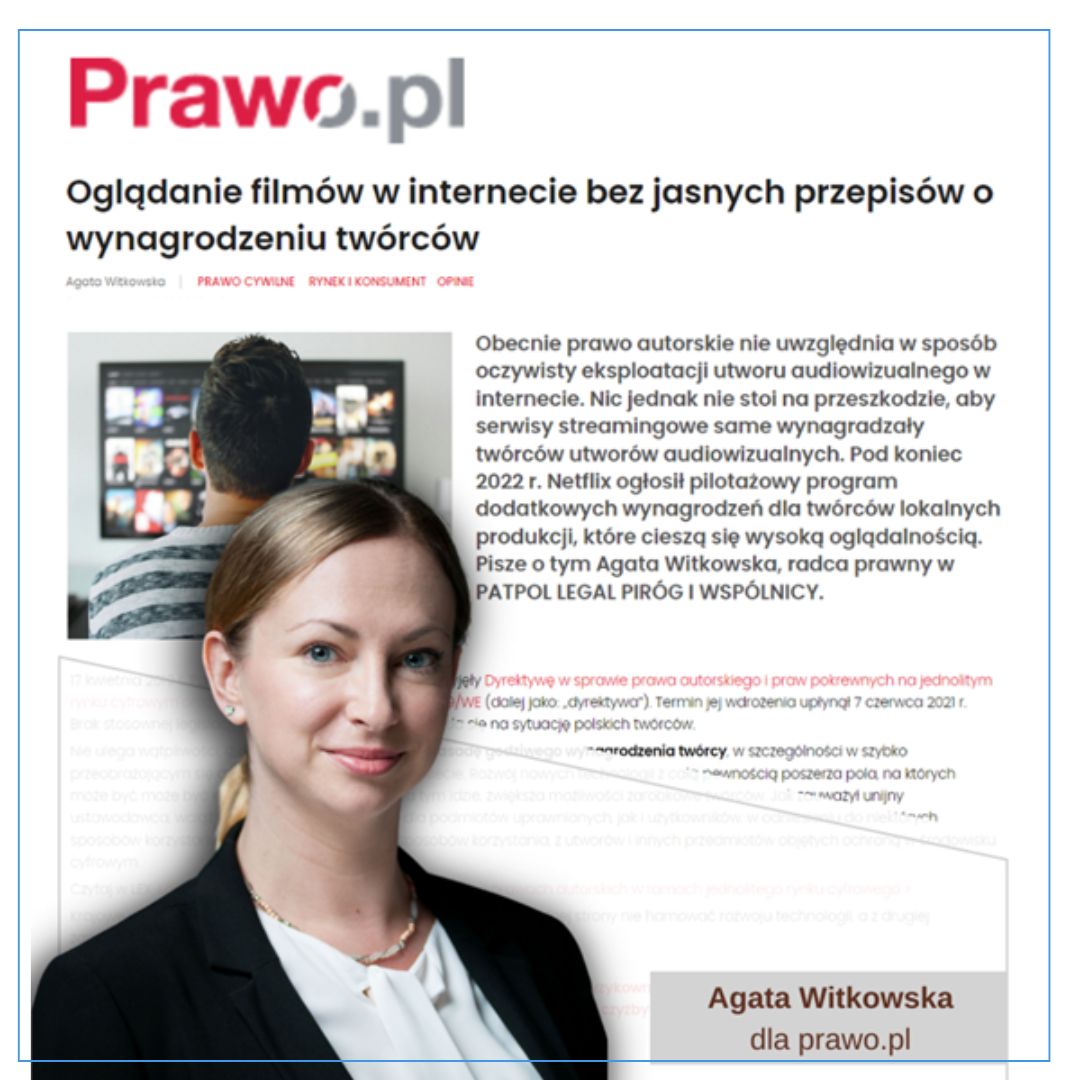Validation, a short guide part I – What is validation?
The word “validation” by itself has a few meanings. The Dictionary of the Polish Language defines validation as “the generality of actions performed with the aim of checking the appropriateness, relevance or accuracy of something” [1].
Wikipedia provides various definitions of this word, depending on the field, in which it is used. For example, validation “in technical science and information technology is the action performed in order to obtain a confirmation, in a documented manner being consistent with the assumptions, that the procedures, processes, devices, materials, activities and systems truly lead to obtaining the pre-planned results.” [2]
One of online dictionaries of the Polish language provides three definitions of this word. The last of them is very close to our context: “formerly: confirmation, becoming effective” [3].
Validation of a European Patent means that an invention is protected in the given territory and the proprietor is entitled to use it for making profits. If such patent is infringed, then the proprietor will be able to undertake the relevant actions in order to enforce one?s protection rights, such as bringing action for patent infringement to the court. If a patent is not validated in the territory of a given country, then the invention covered by that patent will not be protected in this territory. What is essential to note, the protection resulting from a European Patent works only in the countries where the validation has been done.
Read the full article on IP-Blog.pl
[1]https://sjp.pwn.pl/sjp/walidacja
[2] https://pl.wikipedia.org/wiki/Walidacja(technika)





